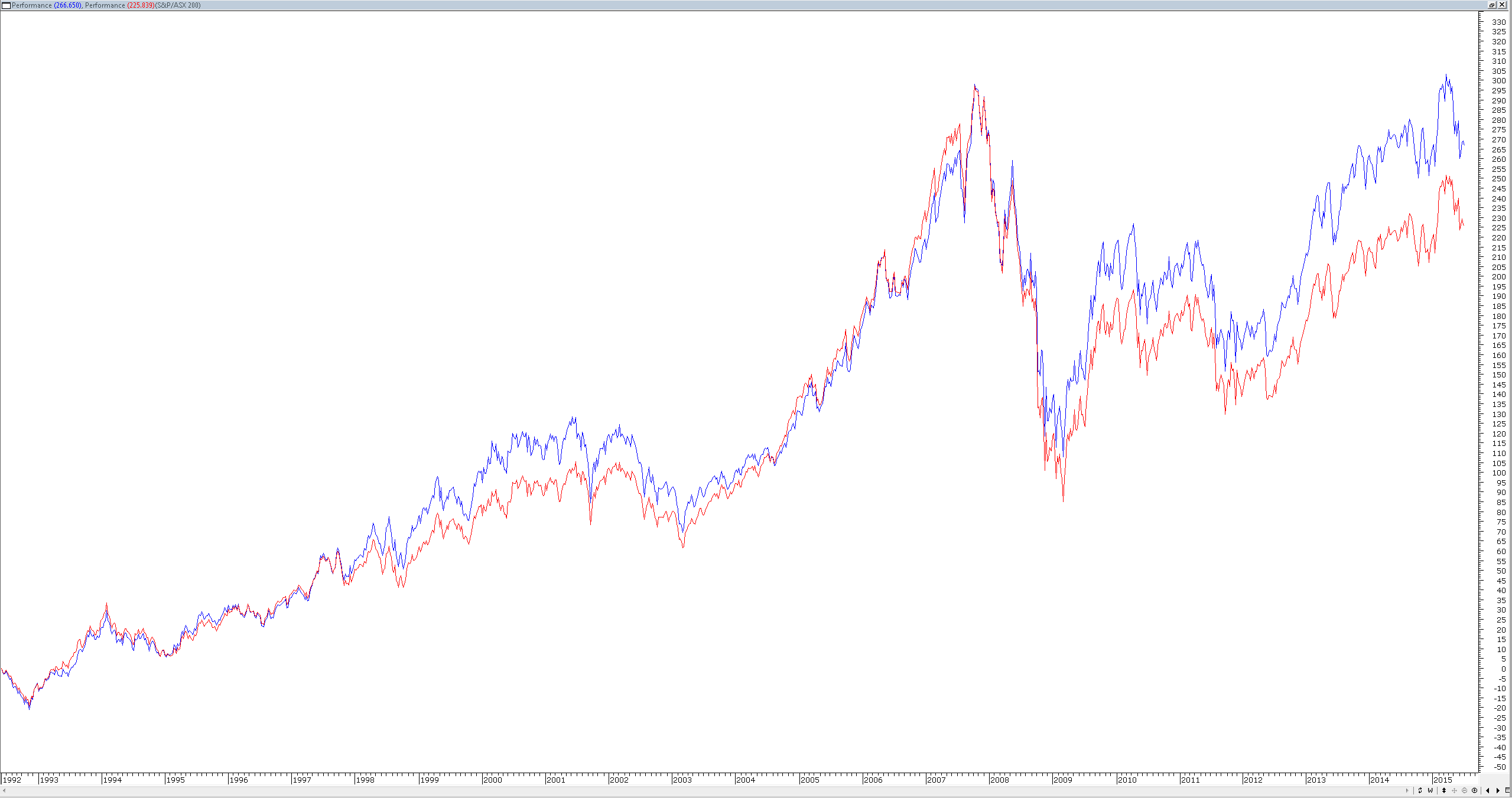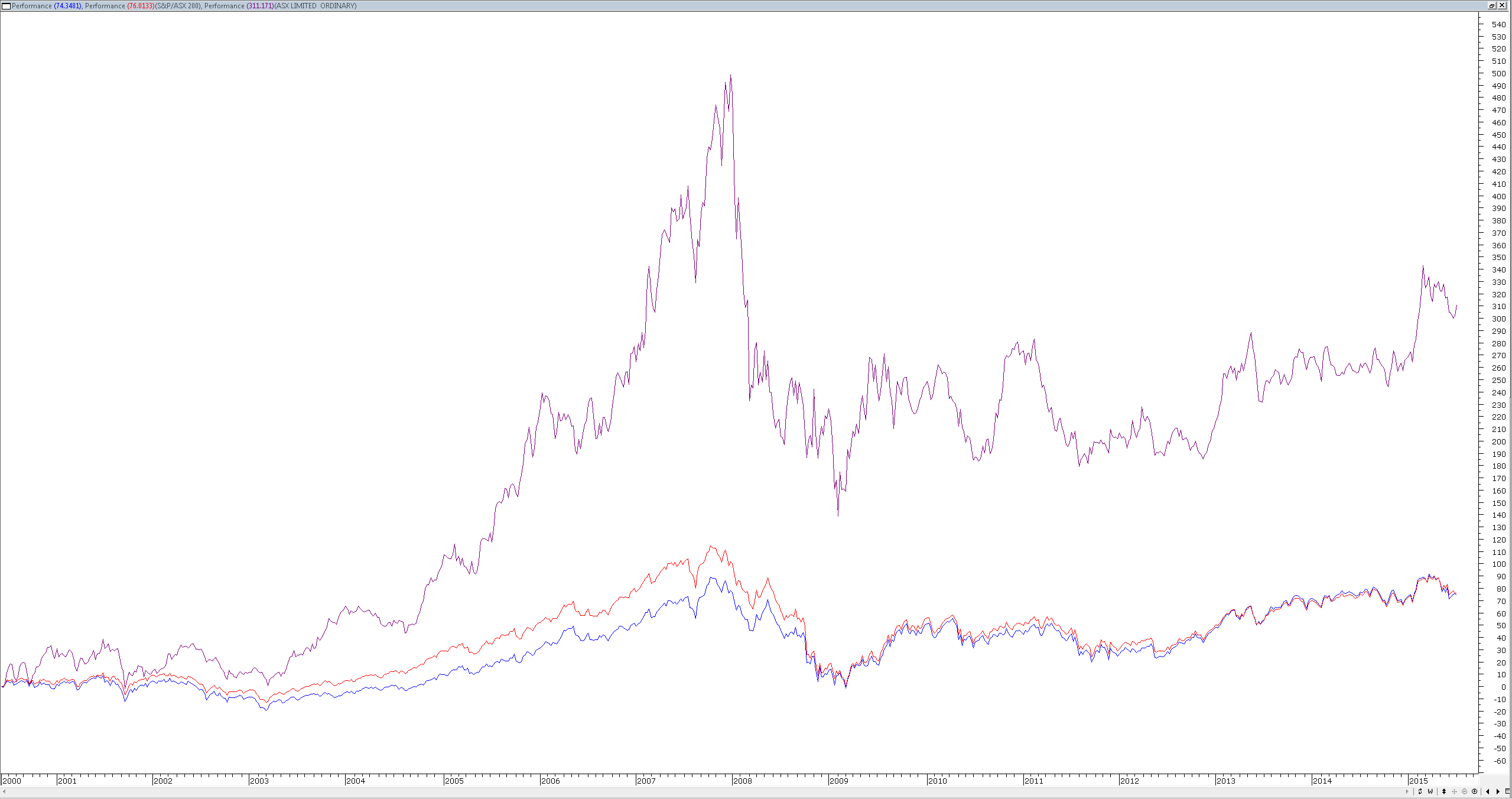Flash a-ah
Savior of the Universe
Flash a-ah
He’ll save every one of us
(Seemingly there is no reason for these extraordinary intergalactical upsets)
(Ha Ha Ha Ha Ha Ha Ha)
(What’s happening Flash?)
(Only Doctor Hans Zarkhov, formerly at NASA, has provided any explanation)
Flash a-ah
He’s a miracle
(This morning’s unprecedented solar eclipse is no cause for alarm)
Flash a-ah
King of the impossible
He’s for every one of us
Stand for every one of us
He save with a mighty hand
Every man, every woman
Every child, with a mighty
Flash
Apologies to Queen fans and those of you old enough to remake the appalling 1980’s remake of Flash Gordon. My inbox of late has been awash with various people extolling the virtues of ETF’s and how they are going to save us all. These emails have offered various strategies for setting up a stress free retirement by gearing into ETF’s over various indices. I have nothing against ETF’s – they are simply another tool, although I am always amazed at the breathless enthusiasm of people who have just discovered them. In many ways they are reminiscent of those idiots who do Crossfit without realising that it is simply circuit training without the spinal injuries.
Part of my interest in the material I have received is the exhortation to invest in the S&P/ASX200 ETF (STW) and I have no problem with that as a basic premise. It has always been my contention that part of Australia’s growing retirement crisis could be alleviated by removing fund managers from the equation and simply dropping everyone into a low cost index ETF. The retirement pool available to investors would double because the majority of fund manager generate less than half the return of the index over the long term. However, there are some subtleties that everyone needs to be aware of. The first of these may be that the S&P/ASX 200 is not the best vehicle for taking advantage of the movement in the local market. Since the GFC Australia has had a two tiered market. The first tier is represented by the stocks in the S&P/ASX20, the second and lesser tier is the S&P/ASX200. I accept that the difference in performance of the these two is often minimal, but in trading small differences can produce very different outcomes.
In the table above I have looked at a few performance metrics for the S&P/ASX 20 ETF (ILC) and the S&P/ASX200 ETF (STW) ILC is a relatively recent listing so data only goes back few years so i have compared both from the same date. As you can see in terms of these basic metrics ILC is a better vehicle, it has a higher return and a lower drawdown. If these were two trading systems you would opt for ILC. To compensate for the short comparison period I also looked at the relative performance of the price only indices and this showed a more nuanced picture.
The S&P/ASX20 index has had historical periods of outperforming the S&P/ASX200 index. However, there have been periods when this has been reversed. So we are left with a conundrum as to which one we would pick. However, this question is no different to deciding which equity market to invest in at any given time. It is simply a matter of looking at relative performance over time and since the GFC the S&P/ASX20 has been the strongest performer.
To muddy the water a little bit I also looked at the performance of ASX – that is the listed entity that runs our equity markets and compared it to both indices.
If I drop in a dodgy long term performance comparison between the three, then the picture becomes much more interesting.
This raises the question of whether you should invest in the market or the people who run the market? Its strange how things are never as obvious as they first seem….











Thanks to you CT – I now have that Flash Gordon song buzzing around in my head, and I can’t stop singing it!
Thanks CT Flash Gordon!! – remember it well and not for reasons of enjoyment and certainly not one of Freddy’s crowning glories
On the topic of people sending you info extolling ETF’s by coincidence would any of them be SWS clients given the launch and marketing of the SPA3ETF package over the last few months?
and why are they just looking at the ASX when ETF’s are available across global markets the only hindrance being currency risk but not an issue for those priced in $AUD.